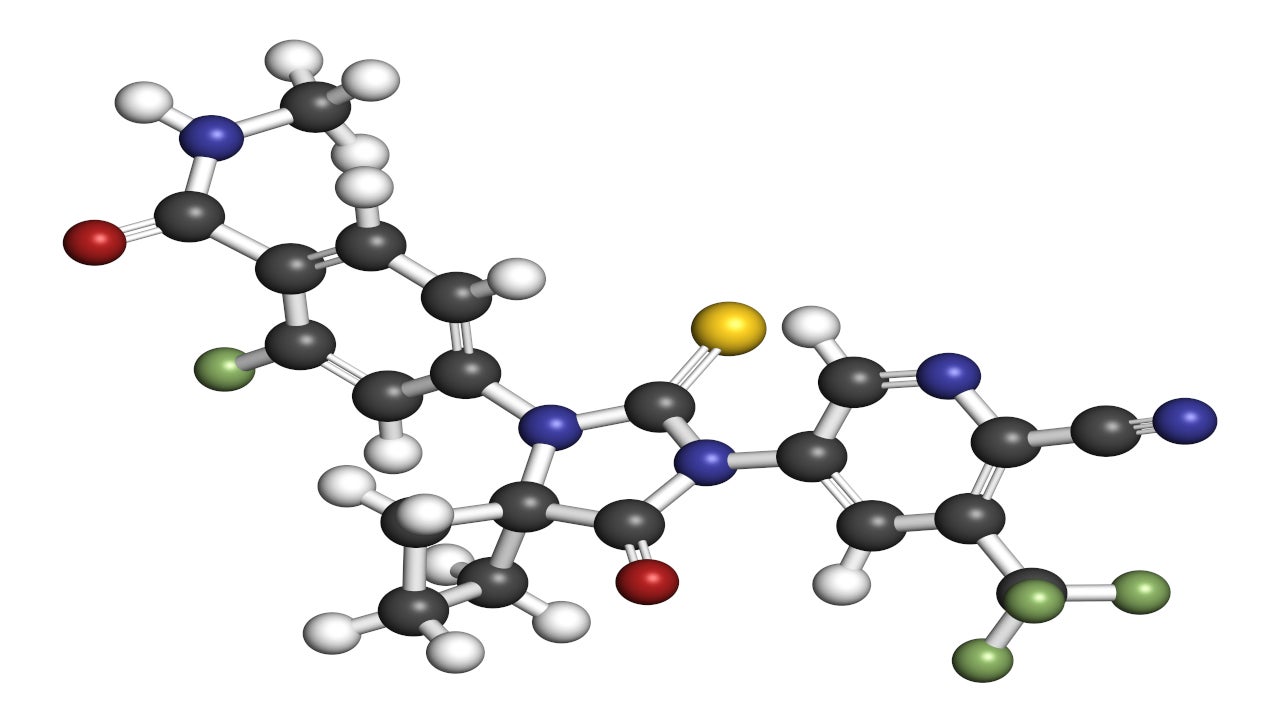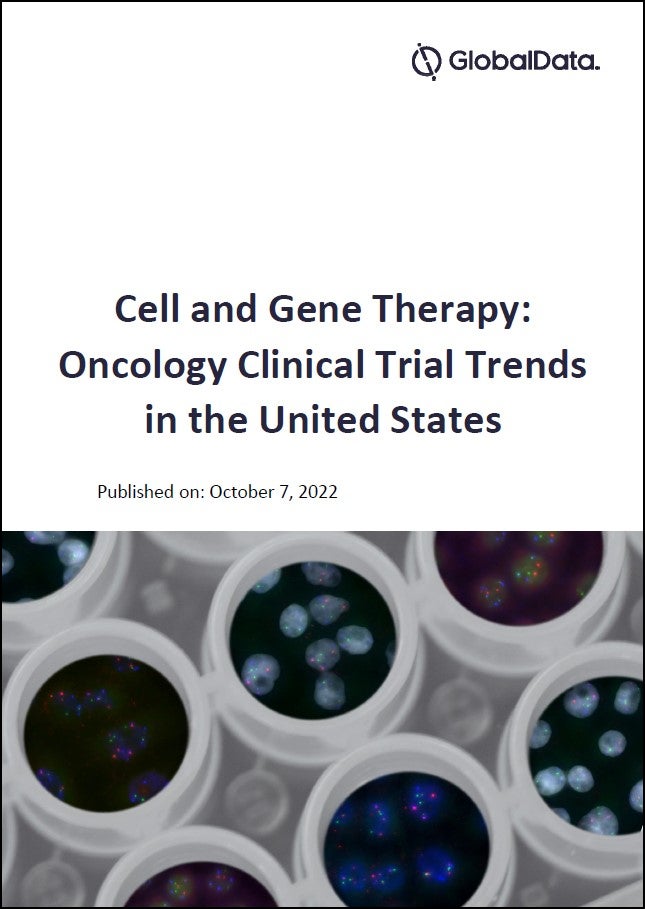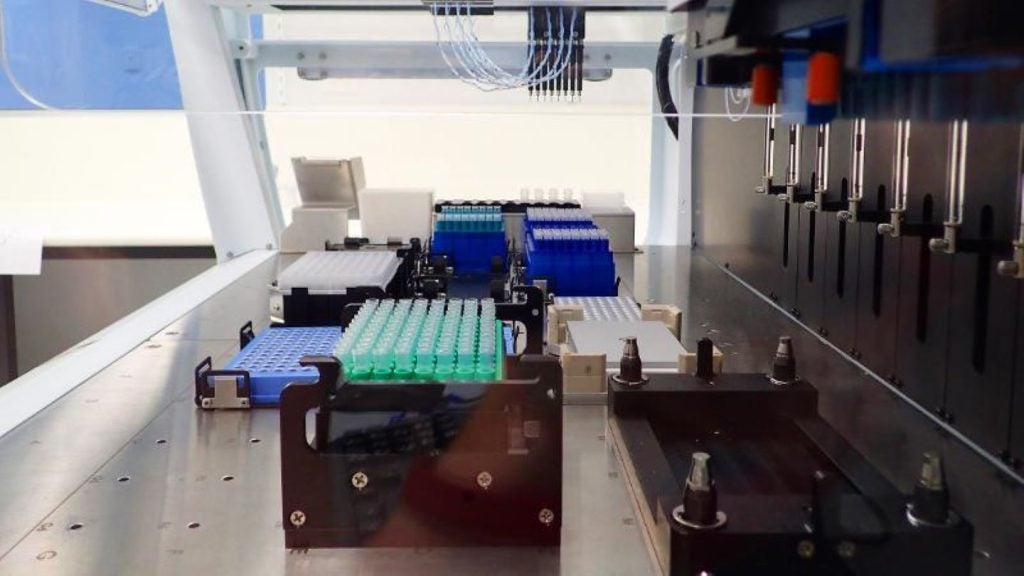
Novartis’ radiopharmaceutical 177Lu-PSMA-617 (Lu-PSMA) early uptake momentum in metastatic castration-resistant prostate cancer (CRPC) is likely to be encumbered by logistical issues, investigators said. Transporting and storing Lu-PSMA, which features the radioactive isotope Lutetium-177, requires trained personnel and equipment, they explained.
Novartis drew significant media attention at this month’s American Society of Clinical Oncology (ASCO) virtual meeting for its positive Phase III VISION trial (NCT03511664) data presentation (abstract no. 5065). VISION required participants to be PSMA-positive according to a PSMA scan, and this may be an additional US uptake obstacle as these scans are not available everywhere, some investigators noted. However, investigators said these are practical challenges, and can be overcome with investment in supply chains and in equipping treatment centres.
Novartis plans to submit regulatory filing for Lu-PSMA in the US and EU this year. VISION recruited patients previously treated with at least one androgen receptor pathway inhibitor and one or two courses of taxane-based chemotherapy.
Investigators agreed Lu-PSMA’s approval is supported by positive VISION data. They noted there was a high dropout rate among control arm participants, and trial participants were allowed to take additional treatments after the trial, which risked compromising VISION data. Still, VISION’s trial design and data have addressed these issues, they said.
Two additional Lu-PSMA trials opened this month. In the 496-patient Phase III PSMAfore (NCT04689828), Lu-PSMA is under investigation in second-line (2L) patients who have progressed from a prior androgen receptor-directed therapy (ARDT). While investigators welcomed the shift to an earlier setting, one noted Lu-PSMA may be best suited to the later-line setting as moving it earlier would limit options for patients who progress from Lu-PSMA. Also, with PSMAfore having an active comparator of ARDT, this trial may not be relevant in Europe where the 2L standard is chemotherapy.
How well do you really know your competitors?
Access the most comprehensive Company Profiles on the market, powered by GlobalData. Save hours of research. Gain competitive edge.

Thank you!
Your download email will arrive shortly
Not ready to buy yet? Download a free sample
We are confident about the unique quality of our Company Profiles. However, we want you to make the most beneficial decision for your business, so we offer a free sample that you can download by submitting the below form
By GlobalDataIn the 1,126-patient Phase III PSMAddition trial (NCT04720157), Lu-PSMA is studied in hormone-sensitive prostate cancer (HSPC). Investigators noted that this trial will take a significant amount of time to collect data due to hormone-depravation therapies, the trial’s active comparator, offering two to three years of treatment response.
Novartis, which did not respond to a comment request, has a $228.24bn market cap.
Logistics may obstruct uptake trajectory
While there are already other lutecium-based radiopharmaceuticals approved, Lu-PSMA would be the first one used at a large scale, said VISION investigator Dr Ken Herrmann, chair, nuclear medicine, University of Duisburg-Essen, Germany. With that in mind, Lu-PSMA’s “last mile” could present an uptake challenge, Herrmann added. Last mile is a term used in supply chain management referring to the last leg of a therapy’s journey from the transportation hub to its destination.
There is the need for specialised staff training and equipment to handle radiopharmaceuticals, Hermann added. Lu-PSMA cannot be stored at treatment centres because it is a radiopharmaceutical with a short half-life, noted VISION investigator Dr Oliver Sartor, medical director, Tulane Cancer Center, New Orleans, Louisiana. Transport issues, such as bad weather, could delay deliveries, Sartor said.
Once Lu-PSMA arrives at treatment centres, the facility also needs to have a radiation department with specialised equipment and personnel with specific licenses, added VISION investigator Dr Nitin Vaishampayan, assistant professor, Radiation Oncology, Wayne State University, Detroit, Michigan. To store radiopharmaceuticals, specific equipment is needed to prevent radiation risk. There are nuclear medicine specialists in the US, though integration of these specialists with oncology centres may not be as streamlined, said VISION investigator Dr Robert Dreicer, section head, medical oncology, University of Virginia School of Medicine, Charlottesville.
But Dreicer noted these logistical issues are not insurmountable. There are already other radiopharmaceuticals approved, which means that there are already existing supply chains and these just need to be improved further, Sartor added.
Another possible uptake delay is that clinicians may have to decide between Lu-PSMA and chemotherapy like cabazitaxel, Dreicer said. There is an investigator-led Phase II trial (NCT03392428) data showing Lu-PSMA offers a higher prostate-specific antigen (PSA) response rate compared with cabazitaxel (Hofman M, et al., Lancet. 2021 Feb 27;397(10276):797-804). But more data is needed to solidify Lu-PSMA’s potential superiority over cabazitaxel, Herrmann noted.
In VISION, patients need to undergo a gallium-68 labelled PSMA-11 positron-emission tomographic-computed tomographic scan. This scan is not widely used in the US compared with Europe, Herrmann noted, with Dreicer adding the scan may therefore give the utility edge to cabazitaxel.
In VISION, 87% of screened patients were PSMA-positive, demonstrating the high frequency of such patients and that doing away with the scan would improve access and cost, Hermann said. But it is unclear if regulatory bodies will not require the PSMA scan, Dreicer noted. While this scan may not be available everywhere, availability is gaining momentum, added VISION investigator Dr Benjamin Viglianti, clinical assistant professor, Department of Radiology, University of Michigan Health System, Ann Arbor.
In the end, patients ideal for Lu-PSMA or cabazitaxel should be considered as different groups, Vaishampayan noted. As a part of the VISION protocol, patients best suited for chemotherapy according to investigator assessment should not be recruited, Sartor said. Chemotherapy’s real-world use in these patients is not significant anyway, due to low efficacy and toxicity issues, he added.
Xofigo is another radiopharmaceutical used in prostate cancer but Xofigo and Lu-PSMA do not have a significant patient profile overlap, Viglianti said. Xofigo only targets prostate cancer that has metastasised to the bones and, in contrast, Lu-PSMA is for patients who have cancer spread to other tissues, Dreicer explained, adding this means Lu-PSMA would have wider utility. In VISION, recruited patients have cancer cells in the lung, liver, lymph nodes, and bones.
Approval likely despite trial execution caveats
That said, the positive 831-patient VISION data supports Lu-PSMA’s approval, investigators agreed. While VISION is not a paradigm-altering trial because Lu-PSMA is not curative, it still evolves the paradigm as it is an added treatment in later-line patients where there are limited options, Dreicer explained.
The four-month difference between the treatment and control arms in the coprimary endpoint median OS is clinically valuable, Viglianti said. Lu-PSMA patients had a 15.3-month median OS, compared with 11.3 months in the control arm. The coprimary endpoint rPFS was also positive, with Lu-PSMA patients having a 14.6-month rPFS versus 10.4 months in the control arm (Sartor O, et al., N Engl J Med. 2021 Jun 23. doi: 10.1056/NEJMoa2107322).
VISION had a high drop-out rate. Specifically, there was a 56% early drop out rate in the control arm, versus 1.2% in the treatment arm. This high rate with the control arm is not surprising considering these patients were given therapies that have poor efficacy, Dreicer explained. The control arm excluded chemotherapy and immunotherapy, among others, as standard-of-care options.
To ease the effect of the dropouts, primary analysis used different sets of patients in the rPFS endpoint, the ASCO presentation stated. Reassuringly, VISION reported positive median OS data that help validate the positive rPFS result, Dreicer said.
On paper, VISION’s OS data could have been impacted by post-trial treatment, but this was not observed because the trial still reported positive OS data, Sartor said. VISION allowed for patients to receive therapies after the trial such as chemotherapy, other radiopharmaceuticals, or immunotherapy.
Also supporting Lu-PSMA approval is its positive safety profile, Dreicer said. VISION reported Lu-PSMA had side effects like fatigue, bone marrow suppression and dry mouth, among others. These issues can be managed in practice, Vaishampayan noted. Other radiopharmaceutical approaches with long-term data do not have secondary malignancies and this finding should be applicable with Lu-PSMA, Hermann added. Two-to-three-year follow-up safety data would still be needed to investigate Lu-PSMA’s renal impact, Herrmann said.
Shift to earlier-line welcome though success caveats notable
Meanwhile, PSMAfore is investigating Lu-PSMA in 2L CRPC, recruiting patients who have progressed from an ARDT. For PSMAfore to be considered a success, Lu-PSMA should offer at least a 50% improvement over the comparator arm, Sartor said. ARDT is only expected to offer three to four months rPFS in 2L, he added.
The advantage of Lu-PSMA in an earlier setting is that it is a targeted approach, Viglianti said. And in general, moving a treatment earlier could yield better results, Dreicer added. Though, there is the argument that Lu-PSMA may be best saved in later-line as using a more targeted therapy earlier means there may be limited options for patients that do progress, Viglianti noted. PSMA is widely expressed in any cancer cell, and so would be best reserved in patients whose cancer have proliferated in more parts of the body, he added.
PSMAfore may have limited bearing in Europe considering chemotherapy is used in 2L, while US patients have ARDT, the trial’s active comparator, Hermann said. PSMAfore’s success is likely owing to patients having already progressed from one prior ARDT, he noted. ClinicalTrials.gov shows the trial is recruiting from US, France and Spain.
PSMAfore only has rPFS as a primary endpoint, and if there are control arm dropouts as in VISION, this would compromise the data, Sartor said. Nonetheless, PSMAfore’s trial design allows for comparator arm patients to have the option to cross over to Lu-PSMA treatment after rPFS, Herrmann noted. This design would help with recruitment as all patients eventually would have access to Lu-PSMA, Sartor added.
PSMAddition is investigating Lu-PSMA in HSPC. This trial is likely to require a long time to report data, Viglianti said. With available hormone deprivation therapies, patients experience treatment responses of up to two to three years, setting a higher bar for Lu-PSMA, Sartor explained. In general, a 25% improvement over this baseline is needed to demonstrate clinical value, he noted. PSMAddition has an rPFS primary endpoint assessed up to 50 months.
Reynald Castaneda is an Associate Editor for Clinical Trials Arena parent company GlobalData’s investigative journalism team. A version of this article originally appeared on the Insights module of GlobalData’s Pharmaceutical Intelligence Center. To access more articles like this, visit GlobalData.








Related Company Profiles
Novartis AG